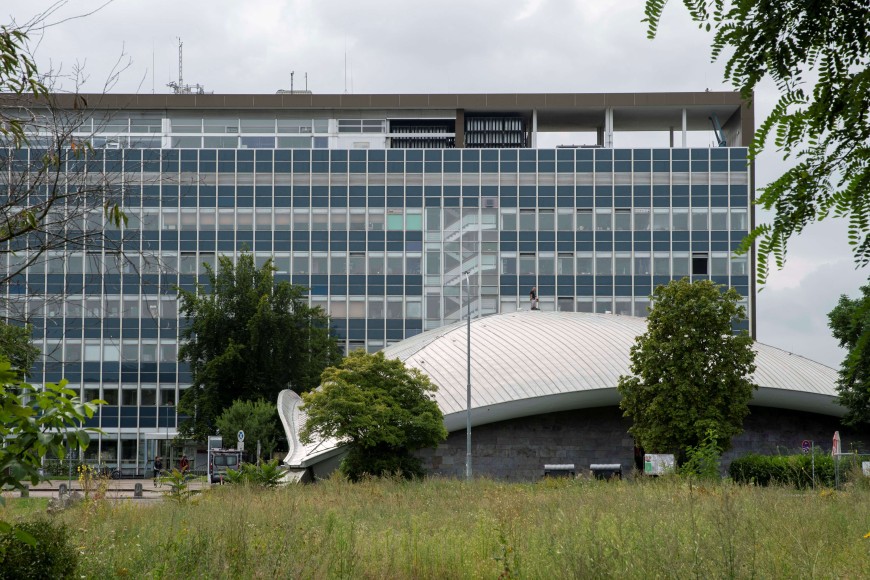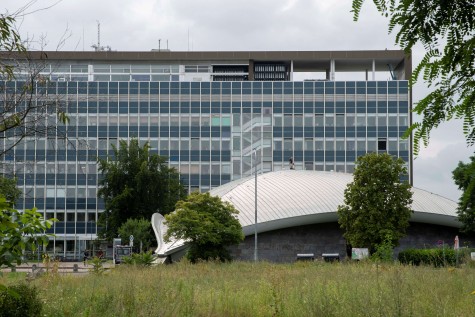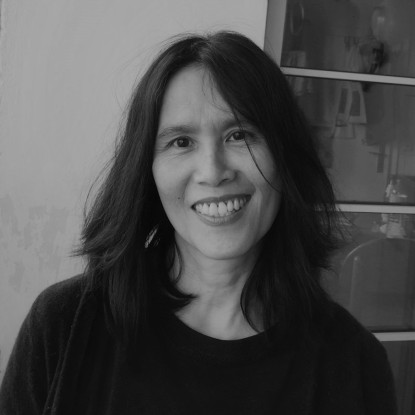

With the 2021/22 winter semester, we are preparing for the fourth digital semester since the outbreak of the Covid-19 pandemic in 2020. Up until now, there seem that there will be no return to normal operations. According to many experts, the university is on the threshold of a new era.
How do graduates of the Department of Architecture imagine studying and university life after the pandemic? What impulses do architecture and urban planning provide for future-proof, attractive and lively university locations? In this Master's thesis, urban planning concepts are sought to find solutions to these questions.
In Germany, there is a need for development of the large stock of university sites from the 1960s and 1970s, which were often planned in urban peripheral locations ‘on greenfield sites’. As in Mainz, the challenges are often similar: How can the urban connection to the city be achieved? How can monofunctional structures be broken up? How do you create a quality of life on campus to compete for the best minds?
The first semesters of the Covid-19 pandemic have shown that digital teaching has got off to a fast and now routine start, especially with a focus on knowledge transfer. There is sometimes the danger of teaching as a one-way street, with a lack of participation and creative exchange. New forms of learning and working have been increasingly used, such as remote working / home office. This is not without consequences for students' choice of place of residence: 20 per cent moved back in with their parents during the first semester. A new work-life balance needs to be found for everyone. Considerable stress and the breaking of familiar patterns have an impact on mental health. According to current figures from the Techniker Krankenkasse (TKK), 20% of students are diagnosed with depression.
As a result, we see a need for universities to become more involved in health management and the creation of quality of life on campus, as well as a greater need for temporary accommodation on campus. At the same time, we see a lower demand for offices and workplaces analogous to the discussion currently taking place in large companies. Finally, what uses are future-orientated and can be accommodated on a campus?
We are taking the slow return to hybrid teaching under changed economic and social conditions as an opportunity to address the topic of campus development. We are looking for urban planning target visions and processes for the development of the full campus with an area of 133 hectares and currently 33,000 students into a mixed and lively urban neighbourhood with a focus on higher education and research.

